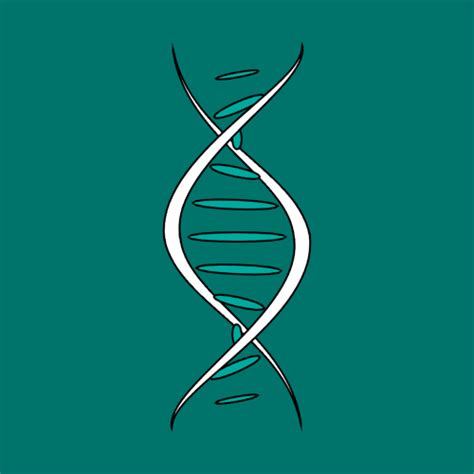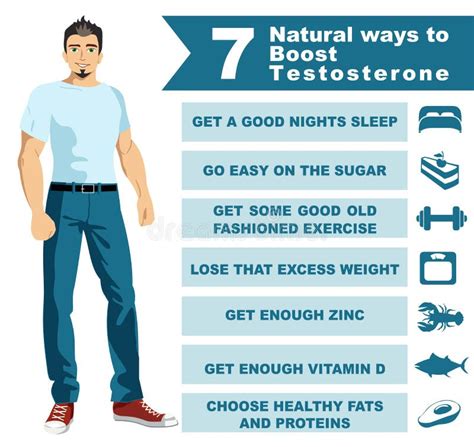The Age-Related Challenge: Why Belly Fat Sticks Around
For many men, hitting the 30-year mark often coincides with an unwelcome guest: stubborn belly fat. While losing weight can be a challenge at any age, men over 30 face specific physiological hurdles that make shedding those extra pounds around the midsection, while simultaneously maintaining hard-earned muscle, particularly tricky. Metabolism naturally slows, hormonal profiles shift (including a gradual decline in testosterone and potentially elevated cortisol levels), and lifestyle factors like increased work stress or family responsibilities can impact diet, exercise, and sleep.
However, it’s not an insurmountable task. By understanding these unique challenges and adopting a strategic, multi-faceted approach, men over 30 can successfully sculpt a leaner physique and keep their strength intact. This guide will walk you through the most effective strategies.

Strategic Nutrition: Fueling Fat Loss and Muscle Preservation
Your diet is paramount when it comes to losing belly fat and protecting muscle. It’s not just about eating less, but about eating smarter.
Prioritize Protein Intake
Protein is your best friend for muscle maintenance and satiety. A higher protein intake helps preserve muscle mass during a caloric deficit, which is crucial for keeping your metabolism revving. Aim for at least 1.6 to 2.2 grams of protein per kilogram of body weight per day, distributed across your meals. Good sources include lean meats, poultry, fish, eggs, dairy, and plant-based proteins like lentils and beans.
Create a Moderate Caloric Deficit
To lose fat, you must consume fewer calories than you burn. However, an overly aggressive deficit can lead to muscle loss. A sustainable deficit of 300-500 calories per day below your maintenance level is often effective. Use an online calculator to estimate your daily calorie needs and then adjust accordingly. Track your intake for a few days to get an accurate picture.
Embrace Whole Foods and Smart Carb/Fat Choices
Focus on nutrient-dense, whole foods. Complex carbohydrates like whole grains, fruits, and vegetables provide sustained energy and fiber, which aids digestion and keeps you full. Healthy fats, found in avocados, nuts, seeds, and olive oil, are essential for hormone production and overall health, despite their higher calorie count. Limit refined sugars, processed foods, and excessive alcohol, which contribute significantly to belly fat storage and offer little nutritional value.

Strength Training: Your Muscle-Saving Ally
If you’re only doing cardio, you’re missing a critical piece of the puzzle. Strength training is non-negotiable for men over 30 looking to lose fat and maintain muscle.
Focus on Compound Movements
Exercises like squats, deadlifts, bench presses, overhead presses, and rows engage multiple muscle groups simultaneously, leading to greater caloric expenditure during and after your workout (the ‘afterburn effect’) and maximizing muscle stimulus. Aim for 3-4 strength training sessions per week.
Prioritize Progressive Overload
To continue building or maintaining muscle, you must progressively challenge your body. This means gradually increasing the weight, repetitions, sets, or decreasing rest times over time. Your muscles need a reason to adapt and grow stronger.

Cardiovascular Exercise: The Right Approach
Cardio is beneficial for heart health and can help burn additional calories, but too much or the wrong kind can hinder muscle preservation.
Balance HIIT and LISS
High-Intensity Interval Training (HIIT) can be very effective for fat burning due to its high caloric expenditure in a short time and significant ‘afterburn’ effect. Incorporate 1-2 HIIT sessions per week. Low-Intensity Steady State (LISS) cardio, such as brisk walking or jogging, is less taxing on the body and can be done more frequently without overly impacting recovery or muscle.
The Pillars of Recovery: Sleep and Stress Management
Often overlooked, recovery plays a crucial role in fat loss and muscle maintenance.
Prioritize Quality Sleep
Lack of sleep can wreak havoc on your hormones, increasing cortisol (a stress hormone linked to belly fat storage) and decreasing growth hormone and testosterone, both vital for muscle repair and fat loss. Aim for 7-9 hours of quality sleep per night. Establish a consistent sleep schedule and create a relaxing bedtime routine.
Tame Stress to Reduce Cortisol
Chronic stress keeps cortisol levels elevated, which can encourage fat storage, particularly around the abdomen. Incorporate stress-reduction techniques into your daily life, such as meditation, yoga, deep breathing exercises, spending time in nature, or engaging in hobbies you enjoy.

Hydration and Consistency: The Unsung Heroes
Staying well-hydrated is essential for metabolic function, satiety, and energy levels. Drink plenty of water throughout the day. Consistency, however, is the ultimate key. There are no quick fixes for stubborn belly fat; it requires persistent effort and patience over time. Celebrate small victories and stay committed to your new habits.

Conclusion: A Holistic Path to Success
Losing stubborn belly fat and maintaining muscle mass after 30 is entirely achievable with a strategic and holistic approach. By dialing in your nutrition with an emphasis on protein and a moderate caloric deficit, prioritizing consistent strength training, balancing your cardio, and optimizing your sleep and stress levels, you can effectively transform your body. Remember, it’s a marathon, not a sprint—consistency, patience, and adherence to these principles will yield the lasting results you desire.




